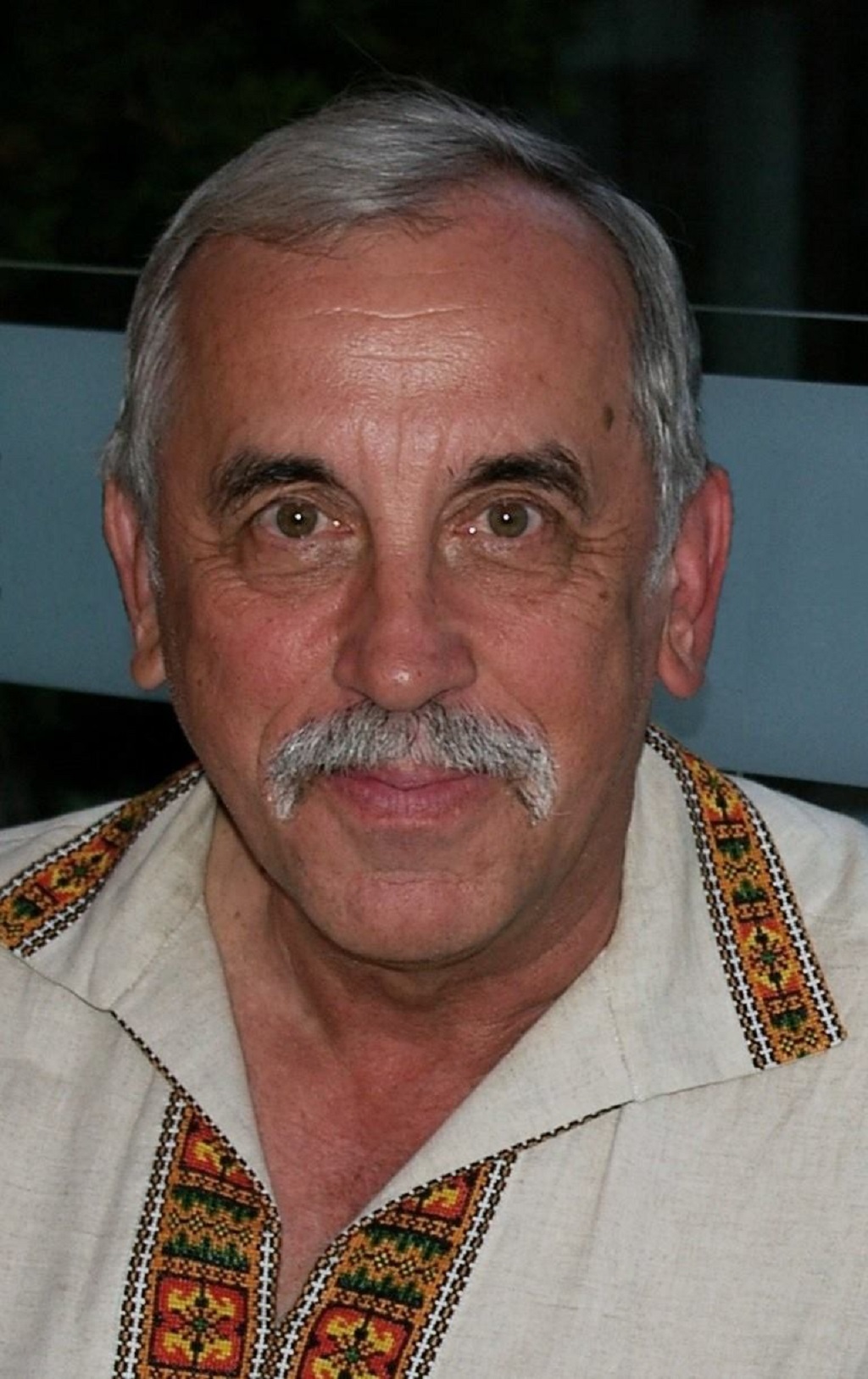Volodymyr Kish.
On February 7, a much-anticipated new Ukrainian movie titled “Kruty 2018” will be released in Kyiv. The film depicts the turbulent events that took place in late January of 1918 that culminated in the tragic Battle of Kruty, a military clash that has become iconic in the history of Ukraine’s struggle for independence.
As military engagements go, Kruty was not exactly epic. In statistical terms, a modest force of some 400 Ukrainian soldiers faced off against a Bolshevik army ten times their number at a nondescript railway junction called Kruty about 130 kms. northeast of Kyiv.
After five hours of brutal fighting, more than half of the Ukrainians had been killed, wounded or captured. They had however, inflicted significant damage to the Bolshevik forces, killing an estimated 300 and wounding 1200 more. The Ukrainian survivors retreated back towards Kyiv after sabotaging the railway tracks to prevent their use by the Bolshevik forces.
In the years following the Bolshevik Revolution there were many battles between Ukrainian nationalist forces and the Red Army, many involving far more participants with far more casualties and damage. So why was Kruty so special and memorable?
Probably the biggest factor was the makeup of the Ukrainian fighters at the battle. Most of them were in their teens, students from Kyiv University or cadets studying at Kyiv’s Khmelnitsky Military School. The youngest of them was only fourteen years old. They were inexperienced, with minimal military training and poorly equipped compared to the Bolshevik units they were facing.
One should note that the Central Rada, the recently organized Ukrainian government at that time, was in dire straits at this point in history. There was a singular lack of unity and organization within the governing structures and the meagre military forces at its disposal. Symon Petliura, the head of the military was feuding with Volodymyr Vynnychenko, the head of the Rada.
When they learnt of the approach towards Kyiv of a sizeable Bolshevik army, they mustered whatever forces they could to delay the Reds as long as possible, including the student contingents.
The delay was key in that at that very moment, they were negotiating with the Central Powers (i.e. Germany and Austria) for national recognition as well as for military assistance against the Bolsheviks.
The negotiations did eventually prove successful with the signing of the Brest-Litovsk agreement on Feb. 9th, subsequent to which German and Austrian troops entered Ukraine in support of the fledgling Ukrainian National Republic and they succeeded in ousting all Bolsheviks from Ukraine over the next several months.
On January 30th though, when the Battle took place, all this was still uncertain. There had actually been more regular troops sent to Kruty to reinforce the students, however, on January 29th, a Bolshevik uprising took place in Kyiv itself, centered around the large Arsenal factory, and these troops had to be recalled to deal with the new internal threat, leaving the students to fend for themselves. Those were indeed chaotic and perilous times, testing the Ukrainian nationalist forces to the extreme.
The student contingents fought valiantly and beyond all expectations, incurring heavy losses as noted earlier. Kruty was lost, but the Ukrainians succeeded in delaying the Bolshevik forces from entering Kyiv until Feb. 7. Tragically, 26 student fighters were taken prisoner, and General Muravyov, the Bolshevik commander, had them all shot.
When the Central Rada recaptured Kyiv in March with the help of Austrian and German forces, some of the students killed in the fighting were re-buried near Askold’s Grave, a historic site in central Kyiv. The Soviets removed these when they came to power, and systematically tried to suppress all historical traces of what happened at Kruty.
Nonetheless, after the collapse of the Soviet Union, on the 80th anniversary of the battle, a large monument was erected at Askold’s Grave honouring the heroes of the fighting at Kruty. Annual memorial commemorations have been held ever since.
As for the subsequent historical denouement, the return of the Central Rada to Kyiv in March proved short lived. At the end of April, the Austro-German forces had grown tired of the troublesome Central Rada, and installed Hetman Pavlo Skoropadsky as their puppet supreme ruler of Ukraine.
When World War I ended in November, and the Austro-German forces were compelled to depart from Ukraine, Hetman Skoropadsky was himself deposed by Symon Petliura, who continued the struggle for Ukrainian independence until 1922, when the Red Army finally managed to take over all but the western part of Ukraine.
The Revolution of Dignity in Ukraine in 2014 saw a new generation of students willing to sacrifice their lives for freedom and true independence for Ukraine, bringing new focus and remembrance of what happened at Kruty in 1918.
Heroism and sacrifice lives on in the blood of Ukrainians today as it did then.
Share on Social Media




































